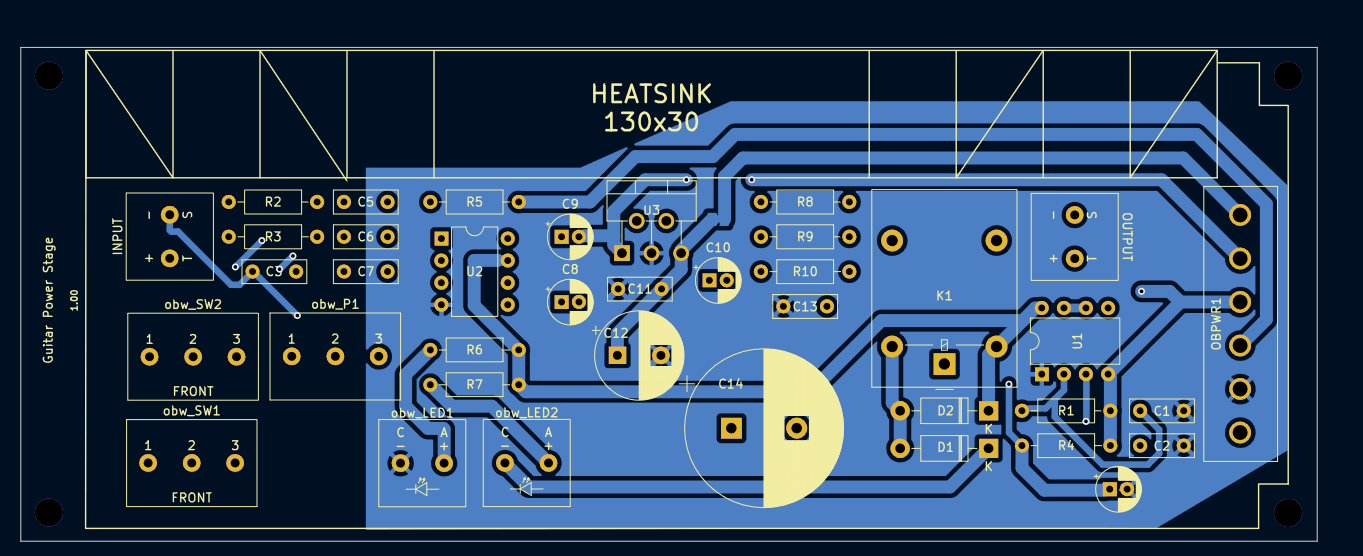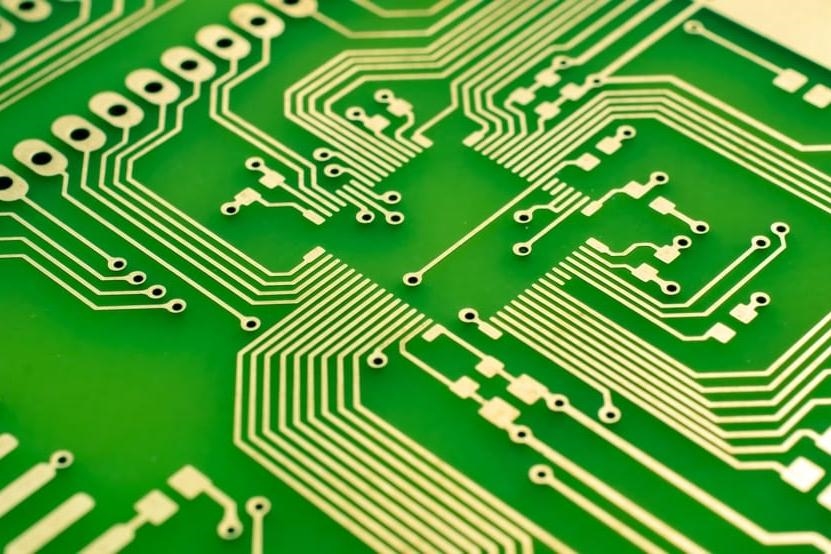Are you an electrical engineer looking to enhance audio quality through advanced noise cancellation techniques? If so, you've come to the right place. In this blog, we’ll explore how Digital Signal Processing (DSP) algorithms power noise cancellation, focusing on DSP noise reduction techniques, real-time noise cancellation DSP, and adaptive noise filtering algorithms. We'll also touch on related topics like PCB design for low noise DSP, audio codec with noise suppression, and background noise removal. Let's dive into the technical details to help you optimize audio systems for clarity and performance.
Introduction: Why Noise Cancellation Matters in Audio Systems
In today's world, clear audio is critical—whether it's for communication devices, hearing aids, or high-fidelity music systems. Unwanted noise can degrade sound quality, making it harder to hear voices or enjoy music. For electrical engineers, solving this problem often means turning to DSP algorithms, which are at the heart of modern noise cancellation technology. By processing audio signals in real time, DSP can identify and remove unwanted sounds, leaving only the desired audio behind.
In this post, we'll break down the key DSP techniques used for noise reduction, explain how they work, and provide actionable insights for implementing them in your projects. Whether you're designing a new audio device or optimizing an existing one, understanding real-time noise cancellation DSP and related concepts will give you a competitive edge.

What is DSP and How Does It Enable Noise Cancellation?
Digital Signal Processing (DSP) involves manipulating digital signals to improve their quality or extract useful information. In the context of audio, DSP algorithms analyze incoming sound signals, identify noise components, and filter them out. This process happens in real time for applications like phone calls or live streaming, making real-time noise cancellation DSP a critical area of focus.
At its core, DSP for noise cancellation works by converting analog audio signals into digital form using an Analog-to-Digital Converter (ADC). The digital signal is then processed through algorithms that detect and subtract noise. For example, a common DSP chip might sample audio at 48 kHz, allowing it to capture frequencies up to 24 kHz (based on the Nyquist theorem). This high sampling rate ensures that even subtle noise patterns are detected and removed.
DSP hardware often includes dedicated processors with low latency, essential for real-time applications. Engineers must balance processing power with energy efficiency, especially in portable devices like headphones or smartphones. Understanding the fundamentals of DSP is the first step toward mastering DSP noise reduction techniques.
Recommeneded Reading: Op-Amp Selection for High-Resolution ADCs: Minimizing Noise and Offset Errors
Key DSP Noise Reduction Techniques for Audio Quality
Let's explore some of the most effective DSP noise reduction techniques used by engineers to optimize audio systems. These methods vary in complexity and application, but all aim to enhance sound clarity by removing unwanted noise.
1. Spectral Subtraction for Background Noise Removal
Spectral subtraction is a foundational technique for background noise removal. It works by estimating the noise spectrum during silent periods (when no desired audio is present) and subtracting it from the noisy audio signal. This method assumes that noise is relatively stationary, meaning its characteristics don't change much over time.
For instance, if you're designing a microphone system for a conference room, spectral subtraction can reduce constant background hums from air conditioning units. However, it struggles with non-stationary noise like sudden claps or voices. Engineers often tweak the subtraction factor (typically between 0.8 and 1.2) to avoid over-subtracting, which can distort the desired audio and create a"musical noise"artifact.
2. Wiener Filtering for Adaptive Noise Reduction
Wiener filtering is one of the most popular adaptive noise filtering algorithms. Unlike spectral subtraction, it adapts to changing noise conditions by estimating the signal-to-noise ratio (SNR) in real time. This makes it ideal for environments with dynamic noise, such as a busy street or a factory floor.
The Wiener filter minimizes the mean square error between the desired signal and the filtered output. In practical terms, if your audio input has an SNR of 10 dB, a well-tuned Wiener filter can improve it to 15-20 dB, depending on the noise profile. Engineers implementing this filter must ensure low latency, often targeting processing delays below 10 milliseconds for real-time applications.

3. Adaptive Noise Cancellation (ANC) Using LMS Algorithms
Adaptive Noise Cancellation (ANC) is a powerful technique often used in headphones and hearing aids. It relies on algorithms like the Least Mean Squares (LMS) to continuously adjust filter coefficients based on incoming noise. This adaptability is what makes ANC a key player in adaptive noise filtering algorithms.
In an ANC system, a reference microphone captures ambient noise, and the DSP algorithm generates an"anti-noise"signal that cancels it out through destructive interference. For example, in active noise-canceling headphones, the system might reduce low-frequency noise (below 1 kHz) by up to 20-30 dB. Engineers must carefully design the feedback loop to avoid instability, often setting the LMS step size to a small value like 0.01 to ensure convergence without overshooting.
Real-Time Noise Cancellation DSP: Challenges and Solutions
Implementing real-time noise cancellation DSP comes with unique challenges. Audio processing must happen instantly to avoid noticeable delays, especially in communication systems where even a 50-millisecond lag can disrupt conversations. Here are some hurdles engineers face and how to address them:
-
Latency: High-speed DSP processors with clock rates above 100 MHz are often required to keep latency under 5 milliseconds. Using optimized algorithms like Fast Fourier Transform (FFT) can further reduce processing time.
-
Power Consumption: Real-time processing drains battery life in portable devices. Selecting low-power DSP chips with efficient instruction sets (e.g., ARM Cortex-M series) can help.
-
Noise Variability: Non-stationary noise requires adaptive algorithms like LMS or Recursive Least Squares (RLS). These must be tuned to balance responsiveness and stability.
For example, in a VoIP headset project, I worked on integrating a DSP chip with a 120 MHz clock speed, achieving a processing delay of just 3 milliseconds. This ensured seamless voice communication even in noisy environments like open-plan offices.
PCB Design for Low Noise DSP: Best Practices
Hardware design plays a critical role in noise cancellation. A poorly designed Printed Circuit Board (PCB) can introduce electrical noise, undermining even the best DSP algorithms. Here are key tips for PCB design for low noise DSP:
-
Ground Planes: Use a solid ground plane to minimize ground loops. Split analog and digital grounds to prevent digital switching noise from affecting analog audio signals.
-
Component Placement: Place sensitive components like ADCs and DACs away from high-frequency digital circuits. Maintain at least a 1 cm separation to reduce electromagnetic interference (EMI).
-
Decoupling Capacitors: Add 0.1 μF ceramic capacitors near the power pins of DSP chips to filter out high-frequency noise. For a typical DSP operating at 3.3V, this can reduce voltage ripple by up to 50 mV.
-
Trace Lengths: Keep analog signal traces short (under 5 cm if possible) to minimize noise pickup. Use differential signaling for critical paths to improve noise immunity.
By following these practices, you can ensure that your DSP hardware supports clean audio processing, maximizing the effectiveness of noise cancellation algorithms.

Audio Codec with Noise Suppression: Choosing the Right One
An audio codec with noise suppression is essential for integrating DSP algorithms into a complete audio system. Codecs handle the conversion between analog and digital signals while often embedding basic noise reduction features. When selecting a codec, consider the following:
-
Sampling Rate: Choose a codec with a sampling rate of at least 44.1 kHz for standard audio or 96 kHz for high-fidelity applications to capture a wide frequency range.
-
Bit Depth: A 24-bit resolution provides better dynamic range (up to 144 dB) compared to 16-bit (96 dB), reducing quantization noise.
-
Built-in DSP: Some codecs, like the Texas Instruments TLV320AIC series, include programmable DSP cores for noise suppression, saving board space and power.
For instance, in a recent project for a wireless speaker, I used a codec with a built-in noise gate that attenuated signals below -60 dB, effectively reducing background hum during silent periods. This hardware-level suppression complemented the software-based DSP algorithms for optimal results.
Suggested Reading: Audio Amplifier PCB Assembly: Best Practices for Surface Mount Technology
Practical Applications of DSP Noise Cancellation
Understanding theory is important, but seeing how DSP noise cancellation applies in real-world scenarios can inspire your next project. Here are a few examples:
-
Hearing Aids: DSP algorithms like adaptive filtering reduce background chatter, helping users focus on conversations. Modern hearing aids often achieve noise reduction of 10-15 dB in real time.
-
Smartphones: Noise suppression during calls uses background noise removal techniques to isolate the speaker's voice, even in windy conditions.
-
Automotive Audio: In-car systems use ANC to cancel engine and road noise, improving voice command recognition by up to 30% in noisy conditions.
Conclusion: Elevating Audio Quality with DSP
Noise cancellation is a game-changer for audio quality, and DSP algorithms are the key to making it happen. From DSP noise reduction techniques like spectral subtraction and Wiener filtering to hardware considerations like PCB design for low noise DSP, every aspect of the design process matters. By mastering real-time noise cancellation DSP and selecting the right audio codec with noise suppression, you can create audio systems that stand out for their clarity and performance.
As an electrical engineer, you have the power to tackle noise challenges head-on. Start by experimenting with adaptive noise filtering algorithms in simulation tools like MATLAB or implement them on a DSP development board. Test different configurations to find what works best for your application, and don't hesitate to fine-tune your PCB layout for minimal interference.
Have you worked on a noise cancellation project? Share your experiences or questions in the comments below—I'd love to hear how you've tackled background noise removal in your designs. Let's keep the conversation going and push the boundaries of audio quality together!
 ALLPCB
ALLPCB







